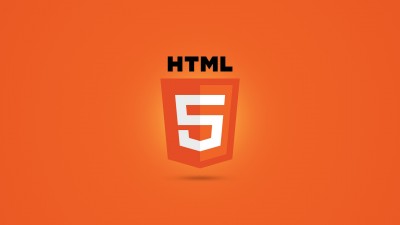Welcome to the Solidly Stated article series, “Building Better Web Pages”. This series comprehensively covers building an HTML document: easily learned, but rarely perfected.
The purpose of this series is to help designers build better web pages. I have been an artist since childhood, so perhaps that is why I see writing HTML as an art form. However, today’s development tools and content management systems make knowing whats under the hood all but obsolete. Understanding the foundations of HTML is what separates the wheat from the chaff, as far as designers go. See the Table of Contents.







